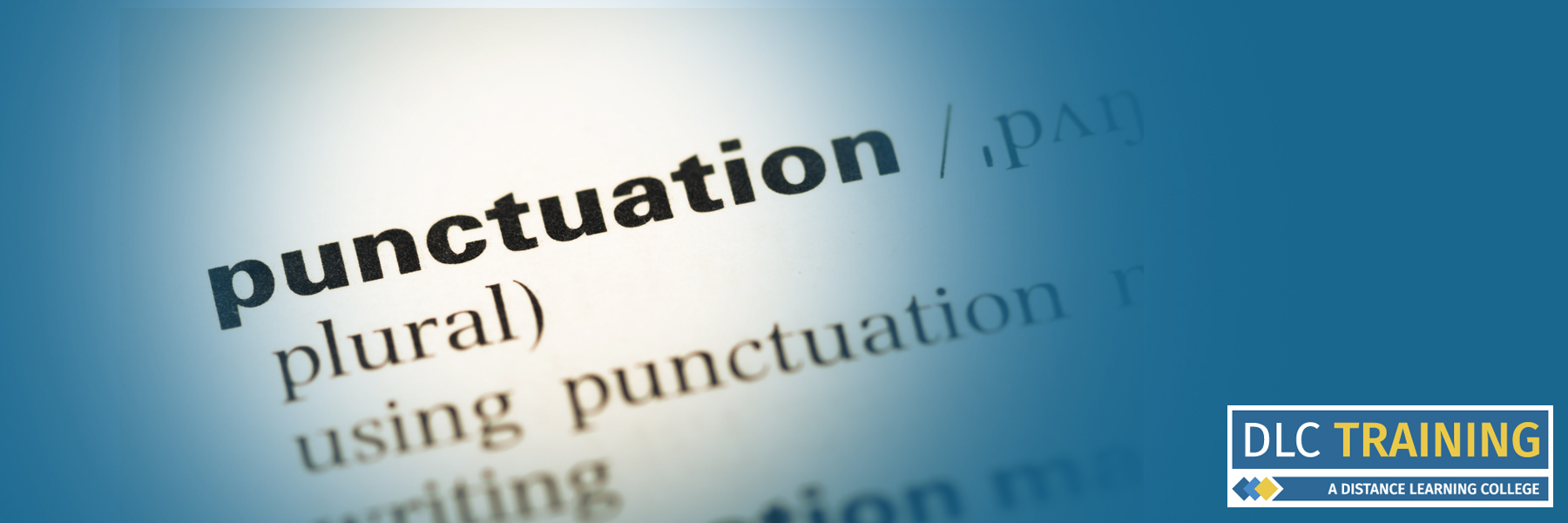
Punctuation is a funny old thing, as it’s commonly used incorrectly but strangely it’s one of the first things we learn during our younger years.
It’s vital to get punctuation correct, which is why we’ve pulled together a few of the most commonly used punctuation marks, to turn you into punctuation pro.
Possessive Apostrophes:
We’re sure there’s been many a time you’ve walked down the high street and spotted a sign using an apostrophe incorrectly like our example below:
But why is this? Well, that’s because there are several ways to use the apostrophe and we’re here to show you how to do it correctly, in case you need a little reminder.
For singular nouns such as cat, adding an apostrophe to end claims possession. Example: the cat’s collar.
For plural nouns such as tigers, adding an apostrophe after the s indicates more than one tiger. Example: tigers’.
The tricky bit!
When a name ends in an’ s’ sound such as, Charles, adding an apostrophe plus an ‘s’ is recommended, as you pronounce the ‘s’ when saying the word aloud.
However, in the case of names ending in ‘s ‘where you don’t hear the sound, simply leave out the extra ‘s’ and place an apostrophe on the end of the word for example; Jones’.
Semicolons:
The aim of the semicolon is to mark a break within the sentence that is stronger than a pause but not as final as a full stop.
It can be difficult deciding when to link two clauses within a sentence, or whether to separate them into two sentences.
The easiest way to use a semicolon is when the two main clauses are too closely linked to separate them into two sentences.
Example: The trees grew large; sunlight shone through the leaves
You can also use a semicolon to signal a stronger division within a sentence that already uses commas e.g. when explaining statistics and findings in a list format.
Colons:
The difference between a colon and semicolon is that a colon provides a sense of forward motion and a semicolon separates two sentences – as explained previously.
Here are the three main uses of a colon:
- When in a sentence, the second main clause explains or follows on from the first e.g. the secret of singing: breathe deeply
- Introducing a list
- Before a quotation
Ellipses:
The dots at the end or middle of sentences have many purposes. The most common, is to represent missing text, especially in quotations.
Another use is to represent a continuation of a list e.g. sausage, bacons, eggs…
The final use is to create a dramatic effect or pause.
Remember, there should be no more than three dots.
Hyphens:
Hyphens can be used in a variety of different ways to link all types of words, especially compound adjectives such as free-range, to signify that the both words are part of the same adjective.
The tricky bit!
Using hyphens become complicated once the word ‘well’ is introduced, for instance; well-known and when the compound comes before the noun.
Example: up-to-date
But it’s also worth noting that this does not apply when the compound comes after the noun.
Dashes:
The dash is commonly used incorrectly. In formal writing, the dash is used to separate information or ideas that are not essential to the understanding of the sentence.
Example: I will meet you for lunch-I love a sandwich.
Exclamation Marks:
It’s common and easy to use more than one exclamation mark at the end of a word but please try to avoid this. It looks unprofessional and indicates that you’re very excited indeed!
We hope you found these few pointers useful and that they help you on your way to becoming a punctuation pro.